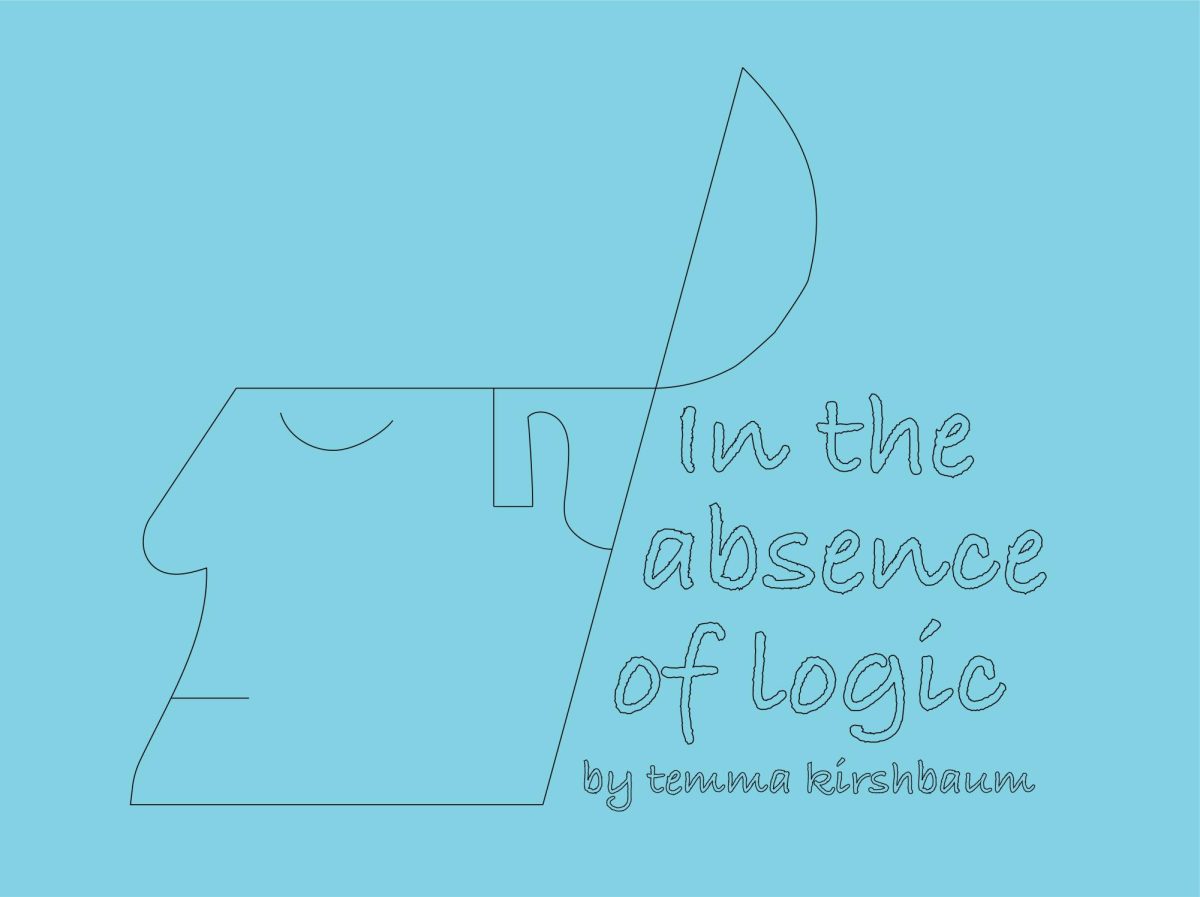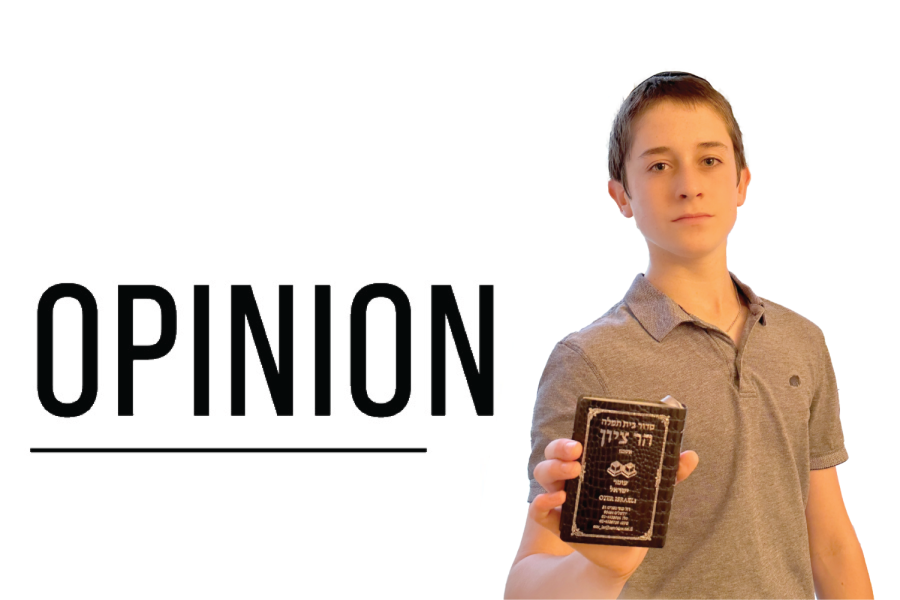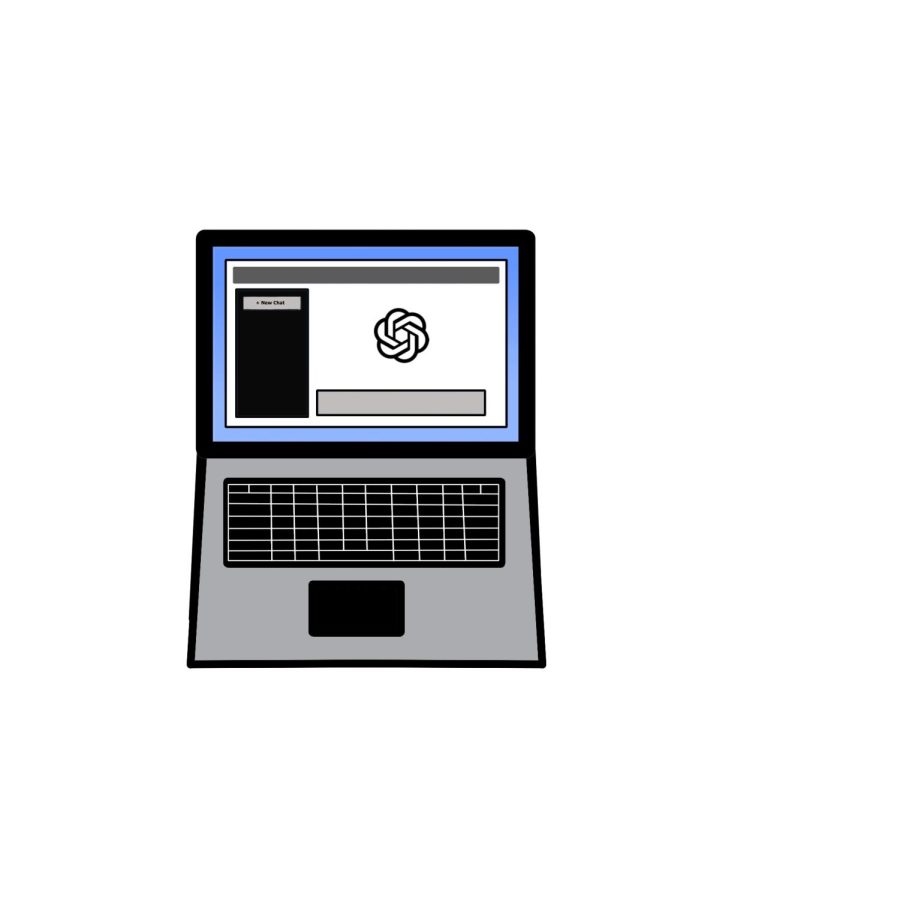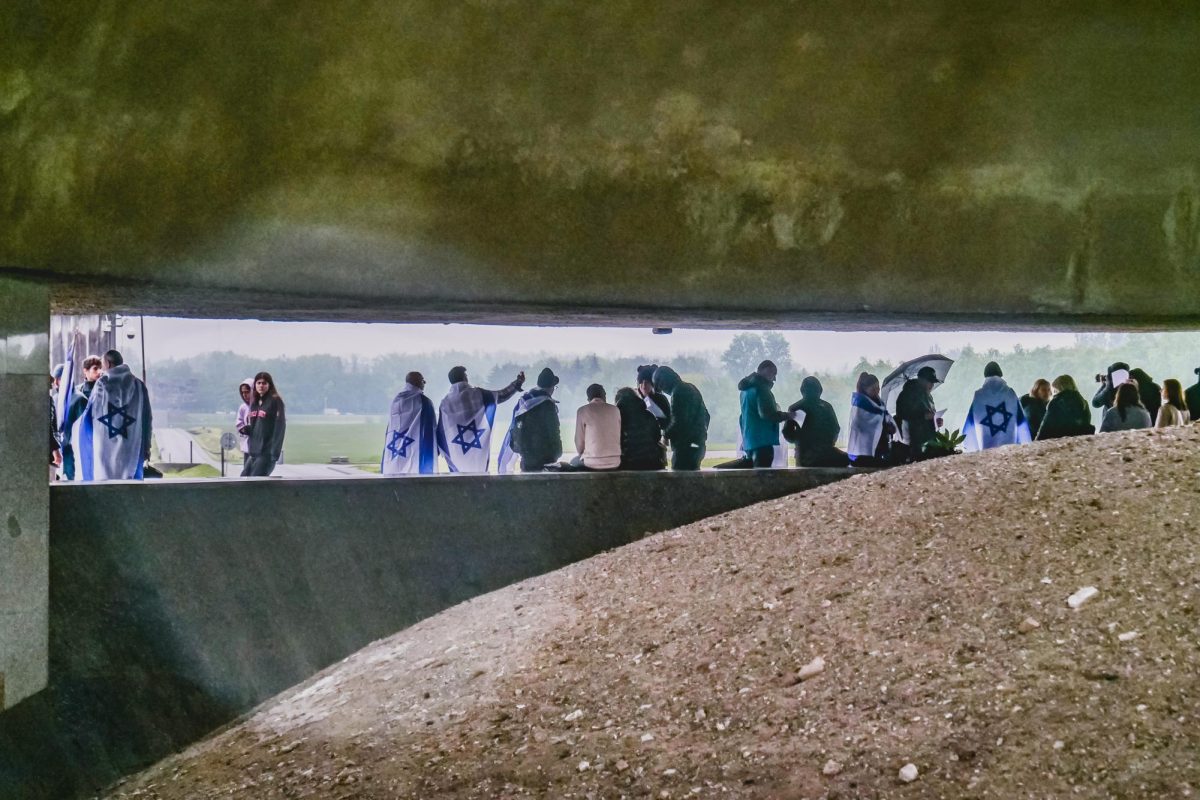Our Judaic staff had been talking about it for weeks, and our principal had prepped us: Shalhevet was going to host, for a second time, three important and inspiring rabbis — Rabbi Elazar Muskin, Rabbi Yosef Kanefsky and Rabbi Kalman Topp — in the Beit Midrash for the annual Modern Orthodox symposium.
Afterward, many students had been enlightened and impressed. But a sizable group were dissatisfied — not because they hadn’t found depth in the wisdom that the rabbis offered, but because all three rabbis were Ashkenazic.
Once again, the school had failed to offer a perspective familiar to the one-half of our student body that identifies as Sephardic.
Because Sephardic and Ashkenazic viewpoints, customs and halachic opinions can be radically different from one another, some Sephardic students felt that they had been presented a discussion that was lacking.
It’s unfortunate enough that Shalhevet’s students of Spanish, North African, Iranian and Iraqi descent don’t have a Sephardic rabbi to rely on at school. Rabbi Leubitz has said the people who had what the administration was looking for in teachers just happened to all be Ashkenazi. But how difficult would it be to add a fourth rabbi to the annual hourlong panel? This seems like a much easier problem to fix than the lack of a Sephardic minyan was, and our school managed to do that in a manner of days once presented with the need.
The same three rabbis we heard last year — all of them distinguished and intellectual members of our Jewish community – were once again thoughtful, provocative and enlightening. Next year, we hope to hear a fourth voice as well.






